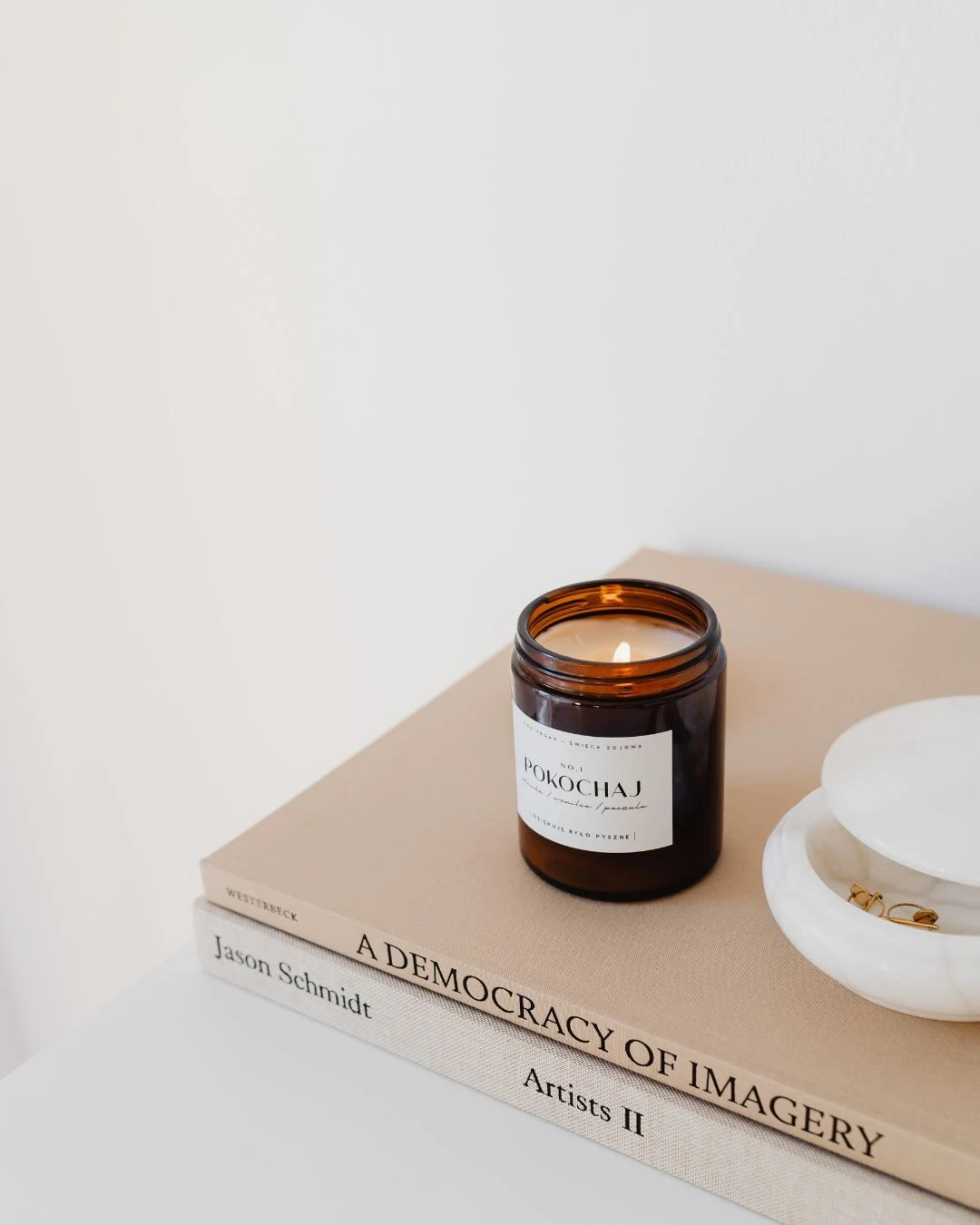The Power of White Space in Web Design: How Simplicity Boosts Conversions

Ever land on a website that feels like a breath of fresh air?
Oh, that feeling. The calm, the clarity, the sense that everything is exactly where it should be – often comes down to one subtle design element: white space and web design.
At The Good Canvas, we see white space not as “empty,” but as intentional breathing room. It’s the pause between ideas, the visual rhythm that lets your message land. And when used thoughtfully, it doesn’t just make your website beautiful but it helps it perform better, too.
What Is White Space In Web Design (and Why It Matters)
White space, also called negative space, refers to the empty areas around text, images, and design elements on a page. It’s not necessarily white – it can be any background colour, but its job is the same: to create balance and focus.
Think of it as the silence between notes in a song. Without it, even the most beautiful melody would feel overwhelming.
Here’s why it matters:
- Improves readability: When content has room to breathe, visitors can process information faster.
- Increases focus: White space directs attention to what matters most – your calls-to-action and key messages.
- Creates sophistication: Simplicity communicates confidence. When your brand doesn’t need to shout, it stands out.
The Psychology of White Space
White space is deeply tied to how our brains process information.
Studies show that clutter increases stress levels and reduces comprehension, while spacious layouts create feelings of calm and trust.
When your visitors feel at ease, they stay longer, read more, and engage more deeply with your content.
It’s not just design – it’s experience design.
How White Space In Web Design Boosts Conversions
A clean layout makes your message clearer, your buttons easier to click, and your brand more credible.
Here’s how that translates to better results:
- Better first impressions: A minimalist homepage looks professional and trustworthy at first glance.
- Higher engagement: Visitors are more likely to scroll and explore when their eyes aren’t overwhelmed.
- Clearer calls to action: With more space around your “Book a Call” or “Shop Now” buttons, those actions naturally stand out.
- Mobile-friendly balance: On small screens, spacing is everything. Even a few extra pixels of margin can dramatically improve usability.
Practical Ways to Use White Space on Your Website
- Simplify your navigation: Limit menu items to the essentials. Too many choices can cause decision fatigue.
- Increase line spacing: Give text room to breathe for better readability.
- Use consistent margins and padding: Alignment builds visual trust.
- Limit competing elements: Allow one key message per section.
- Balance text and imagery: Let photos and headlines guide the rhythm of your page.
Remember, white space doesn’t mean “nothingness.” It’s design with restraint and intention… the same way a gallery leaves space around each artwork to help it shine.
Final Thoughts
White space is more than a design choice but a mindset.
It’s about giving your audience space to think, feel, and connect.
When you embrace simplicity, you invite clarity. When you clear the visual noise, your message speaks louder than ever.
Your website doesn’t need more elements to convert better – it needs more intention.
Let Us Build Your Dream Website
We design intentional websites for creative entrepreneurs who want more than a pretty homepage.
Our work blends storytelling, structure, and design that converts – so your website not only looks good, but works beautifully too.
Looking to hire a web designer for your business?
Book a free discovery call where we can have a chat, learn about your business and answer any questions you may have.
GUIDES AND RESOURCES
- How to Optimize Your Site – Step by Step
- Free Branding Kit Template
- How To Index Your Website With Google
RELATED READS
- Five Website Updates That Will Help You Attract More Clients
- How To Stop People Pleasing In Your Business: The Art of Saying No
- The Three Most Important Elements in Branding and Web Design





